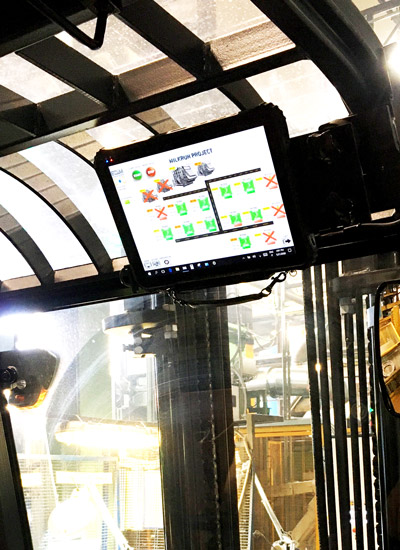Engineering activities are a fundamental part of EDiM S.p.A., in fact to such a degree that the concept of engineering is referred to in our company’s name. They cover all the stages of our production cycle.
For us, the product engineering phase begins from the co-design drafted with the customer in the order acquisition phase; it then continues with the definition of the production cycles and all the equipment necessary to manufacture the product.
To ensure this continuity of approach, the Engineering department in EDiM coordinates the cornerstones of our organisation:
- Casting, which follows all the steps linked to the part of the high pressure die-casting process;
- Machining, division focused on the mechanical machining and finishing processes;
- Automation, which manages the architecture of the processes and the continuous improvement designs.
Innovation

Rheocasting
Rheocasting is one of the semi-solid casting technologies capable of exploiting the peculiar characteristics that only the globular micro-structure of aluminium alloy is capable of offering. This structure is obtained by a finely controlled cooling of the alloy, which is developed in particular mechanical and thermal conditions, before the injection into the mould.
By investing in this technology, EDiM is capable of producing castings that meet the most stringent requisites in terms of internal defects, mechanical characteristics and stress resistance. With rheocasting, the components can be welded, have a high thermal exchange coefficient and are capable of replacing the current ones created in forged aluminium, cast iron, or steel.
The objective of EDiM is to offer its customers the opportunity to take an additional step forward in reducing the weights and consumptions of all types of vehicles, with a view to making mobility increasingly more compatible with our natural environment.
SPC (Statistic Production Control)
EDiM has implemented an artificial intelligence software capable of ensuring the stability of the high pressure die-casting process. The function of the SPC software is dynamically applied to the variations, correcting and automatically anticipating the levels of intervention necessary to stabilise the process. The system is capable of monitoring, for each injection, the quality outcomes of the produced cast, tracing it unequivocally.


SPC (Statistic Production Control)
EDiM has implemented an artificial intelligence software capable of ensuring the stability of the high pressure die-casting process. The function of the SPC software is dynamically applied to the variations, correcting and automatically anticipating the levels of intervention necessary to stabilise the process. The system is capable of monitoring, for each injection, the quality outcomes of the produced cast, tracing it unequivocally.

Intelligent Milkrun
The Milkrun system is a project launched over a year ago, now in the patenting stage. The objective of the project is to reduce the routes of the ladle forklift, the movement of which has always been a critical element of the systems. Making them safer and having furnaces that ensure optimum quantities and density of melted metal is the challenge won with the Milkrun project, by applying a complex sensor system to all the furnaces and establishing an intricate communication network between the production units and the central data processing system. Thanks to the real-time collection of the levels of aluminium in the holding furnaces, detected by laser sensors, the algorithm on which this system is based carries out a precise processing procedure to obtain the optimal filling sequence and in turn optimise the distances travelled and ensure a minimum level of aluminium. The algorithm is also capable of managing the demand for the various types of alloy produced in the foundry. In order to avoid pouring errors and therefore the contamination of different alloys, the software is interfaced with the furnace control unit to enable only the furnaces chosen for the routing to be opened, so implementing a Poka-Yoke system. The software uses a simple, intuitive graphic design which can be used on a tablet installed on board the forklift that transports the ladle, and on a widescreen monitor.


